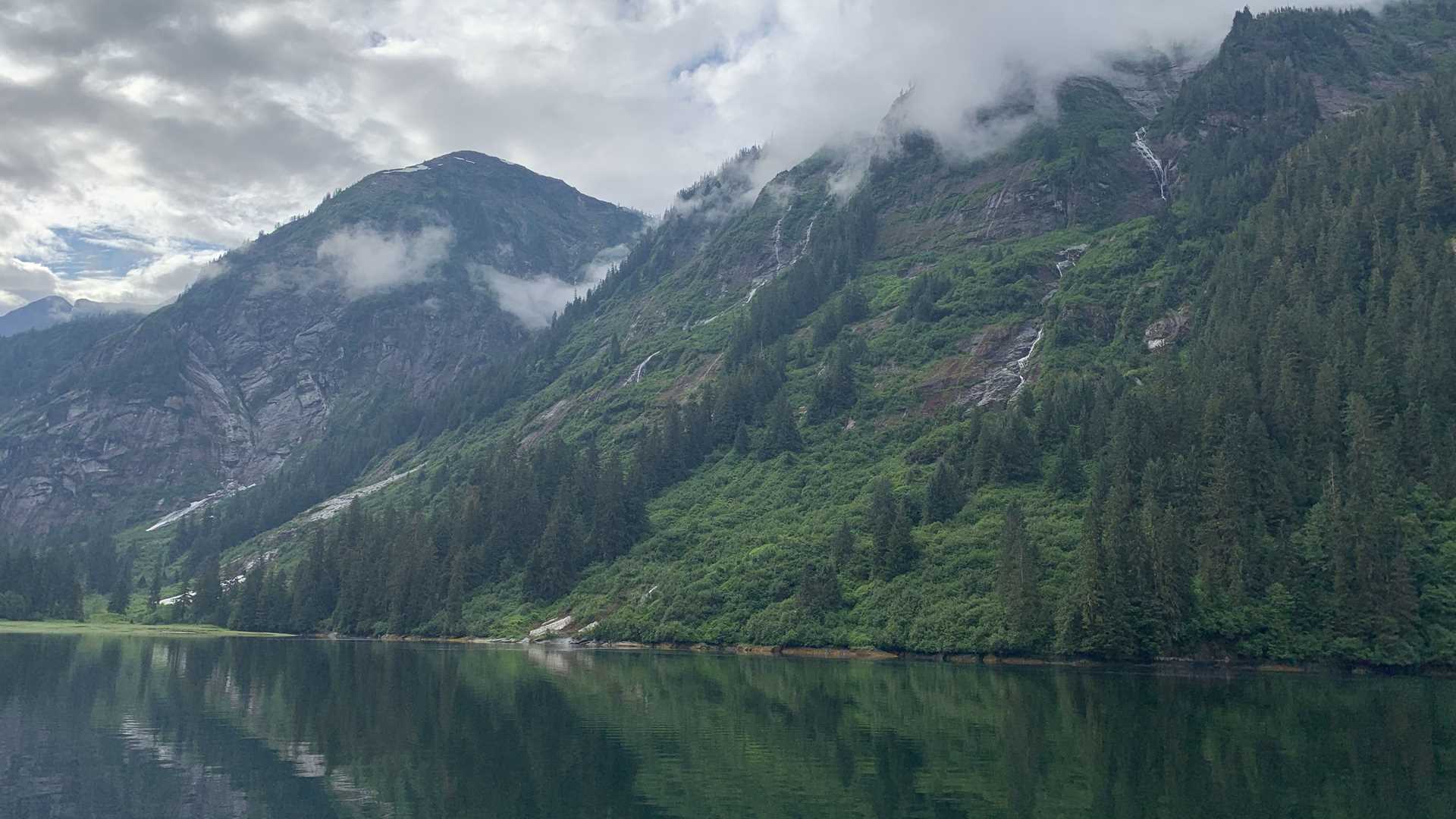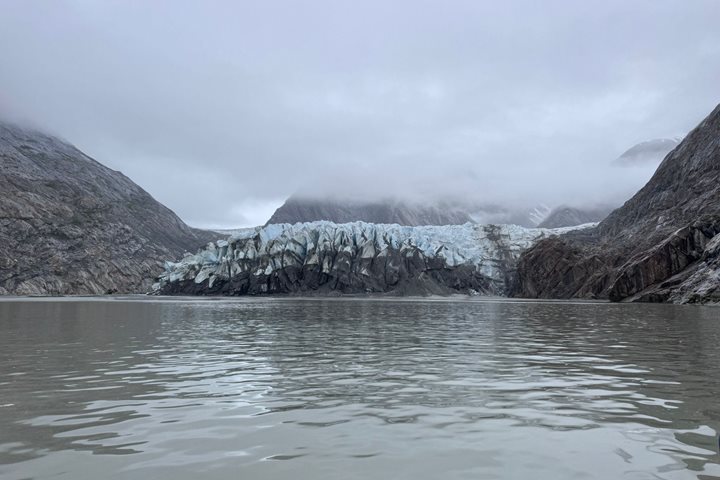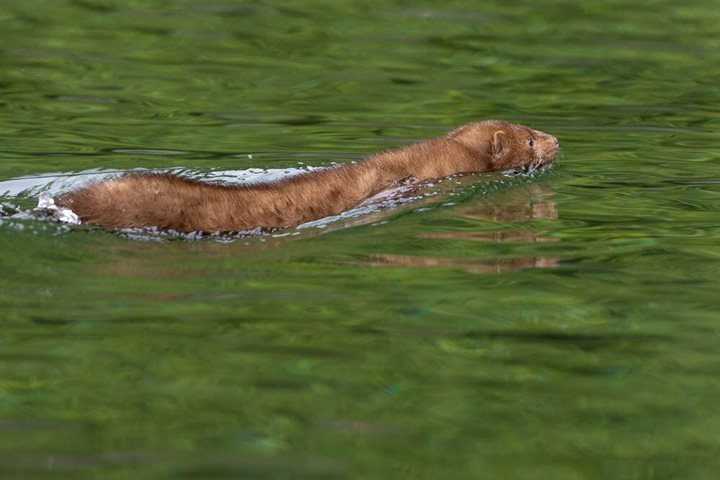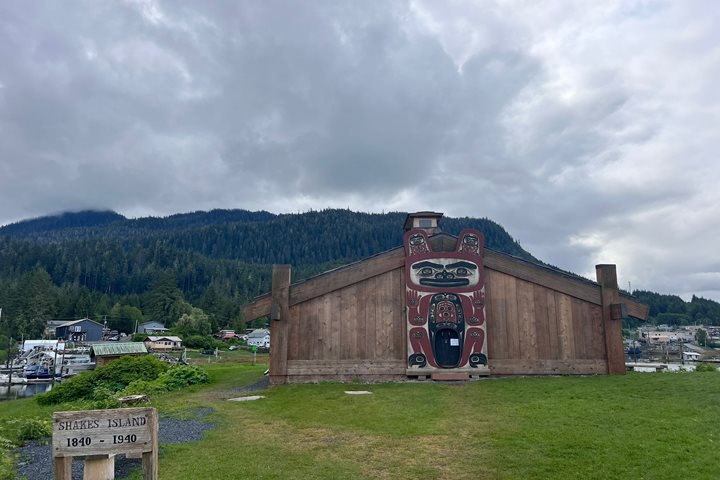Today was the final full day of the expedition. Guests woke up to see the breath-taking scenery of Walker Cove, a large bay near the town of Ketchikan. After a hearty breakfast, guests were able to take some kayaks and paddleboards to explore the fascinating area. Following this individual exploration, some brave guests took a “polar plunge” to fully experience the icy cold water of Southeast Alaska. Guests described the day as wonderful, having the perfect mix of activity and relaxation.
Text by Hannah Tuinman, age 18, National Geographic Global Explorer







